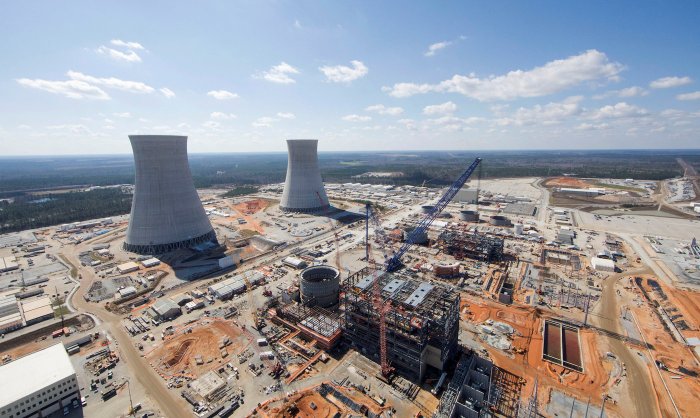By Lucia Mutikani
WASHINGTON (Reuters) – U.S. factory activity accelerated to a five-month high in November amid a pickup in new orders and production, suggesting that the manufacturing sector was regaining its footing after a prolonged slump. Thursday’s report from the Institute for Supply Management (ISM), which also showed some bottlenecks in the supply chain that could drive prices higher, was the latest indication that the economy continued to gain momentum in the fourth quarter. The ISM said its index of national factory activity rose 1.3 percentage points to a reading of 53.2 last month, the best since June. A reading above 50 indicates an expansion in manufacturing, which accounts for about 12 percent of the U.S. economy. “The factory sector has started to show some building momentum, strengthening the case for Federal Reserve action at the December policy meeting,” said Kevin Cummins, senior economist at RBS in Stamford, Connecticut. Manufacturing is recovering as some of the drag from the dollar’s past rally eases and oil prices continue to stabilize after last year’s collapse. Gains in factory activity are, however, likely to be modest amid renewed dollar strength following the election of Donald Trump as the next president. Since the Nov. 8 election, the dollar has surged more than 4 percent against the currencies of the United States’ main trading partners as investors viewed the president-elect’s proposed fiscal policy as inflationary. But Trump’s plan to increase infrastructure spending could offer some boost to manufacturing and benefit heavy machinery makers such as Caterpillar Last month, the ISM production sub-index increased 1.4 percentage points and a gauge of new orders rose 0.9 percentage point. While a measure of factory employment fell last month, manufacturing payrolls remained above expansion territory. The ISM survey also showed bottlenecks starting to emerge, with a measure of supplier deliveries surging 3.5 percentage points last month to its highest reading since December 2014, indicating longer delivery delays. Manufacturers who participated in the ISM survey reported increasing demand, some tightness in the labor market and plans to reduce inventory by the end of the year.
“While we are gaining confidence that the manufacturing sector is starting to improve, the recent dollar appreciation may prove to be a headwind for the sector over time,” said Daniel Silver, an economist at JPMorgan in New York. The dollar was trading lower against a basket of currencies on Thursday. Prices for U.S. government bonds also fell as did stocks on Wall Street.
CLAIMS RISE
Though a second report on Thursday showed the number of Americans claiming unemployment benefits rising to a its highest level in five months last week, labor market strength remains intact, with layoffs falling 12 percent in November. The Labor Department said initial claims for state unemployment benefits increased 17,000 to a seasonally adjusted 268,000 for the week ended Nov. 26. That was the highest reading since June and marked the second straight week of increases. Despite the increase, claims remained below the 300,000 threshold, which is associated with a healthy labor market, for the 91st straight week.That is the longest run since 1970, when the labor market was much smaller. Jobless claims, which hit a 43-year low in mid-November, tend to be volatile at this time of the year as the model the government uses to strip out seasonal fluctuations from the data does not fully account for changes in the timings of different holidays. The four-week moving average of claims, considered a better measure of labor market trends as it irons out week-to-week volatility, edged up 500 to 251,500 last week.
“The ongoing low level of claims should give the Fed comfort that labor markets continue to tighten. We view incoming claims data as very supportive of further improvement in labor market conditions this year,” said Rob Martin, an economist at Barclays in New York. Last week’s claims data has no bearing on November’s employment report, which is scheduled for release on Friday, as it falls outside the survey period.
New filings for jobless benefits fell between the October and November survey weeks, supporting expectations for another month of solid employment gains. According to a Reuters survey of economists, nonfarm payrolls probably increased by 175,000 jobs last month after rising 161,000 in October. In a third report, global outplacement consultancy Challenger, Gray & Christmas said U.S.-based employers announced plans to lay off 26,936 workers last month, down from the 30,740 job cuts announced in October. Jobs cuts in November were concentrated in the retail sector, with 4,850 announced layoffs, most of which stemmed from the bankruptcy of American Apparel. The retail losses were, however, more than offset by a surge in holiday hiring. (Reporting By Lucia Mutikani; Editing by Andrea Ricci)

















